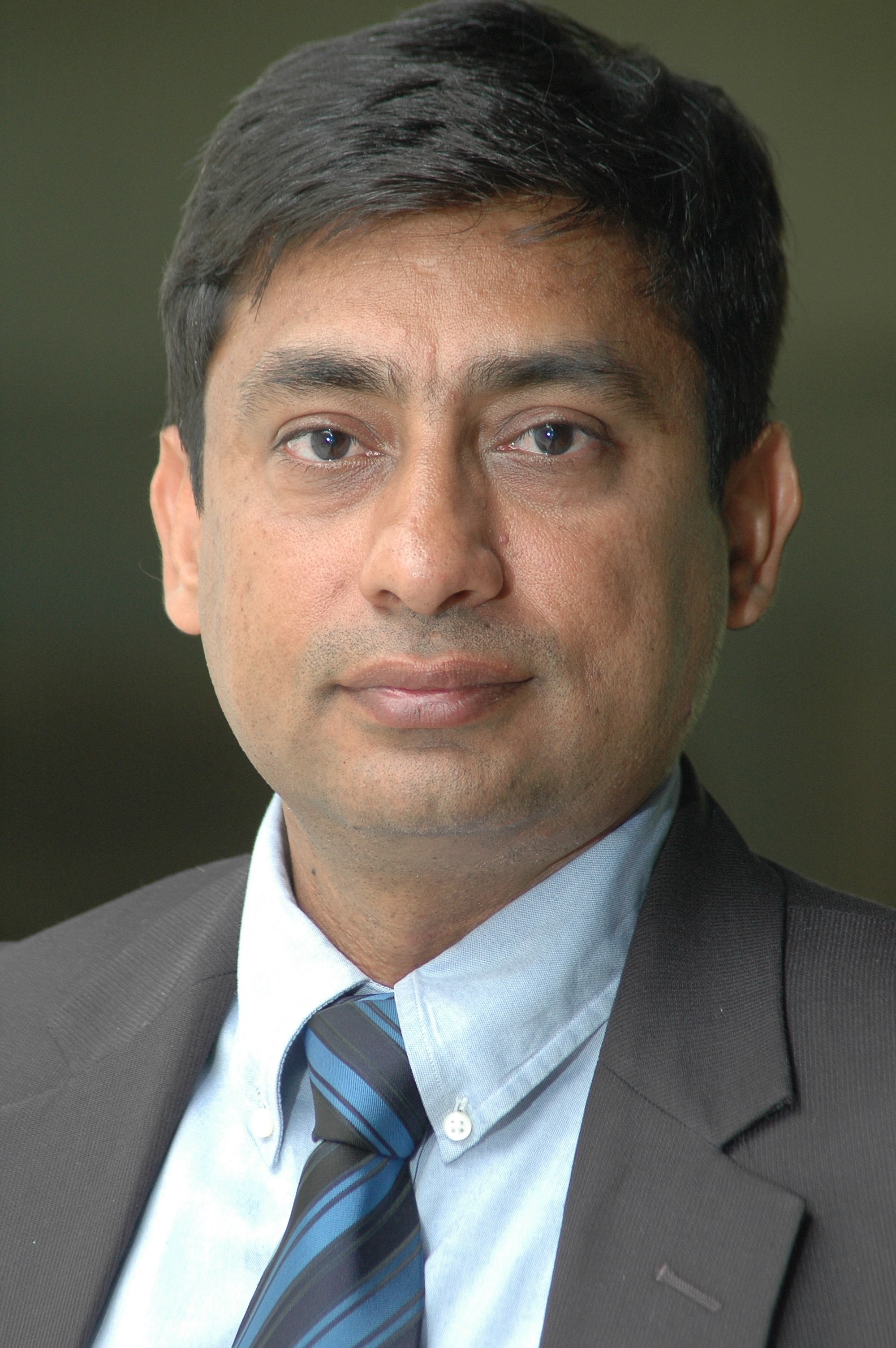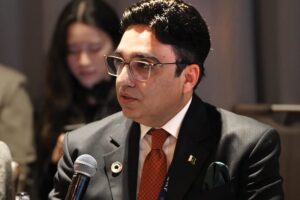Interview with Daniel A. Losada VP International Sales & Dharmendra Singh Regional Director Hughes Network Systems
By Gulraiz Khalid
 Question: Can you tell us about your approach towards “underserved” and “unserved” markets with the latter being a primary market for satellite operators?
Question: Can you tell us about your approach towards “underserved” and “unserved” markets with the latter being a primary market for satellite operators?
Answer: It’s a misconception that satellite works only in “unserved” markets. Today, you will see that one of the biggest targets for satellite companies is actually the “underserved” markets. This part is as big as or more than the unserved markets and if you look at certain regions, you see that the people who have the purchasing power might not be in the unserved markets so of course they need connectivity, but they can’t buy it directly and the go-to-market is quite different. The underserved is where we have seen the most growth.
Who are the underserved? It is people who for example have DSL at 2/3 Mbps and can barely get that service (its in and out) which is very unreliable and there comes the satellite connectivity solution that gives them 25 megabits per second. In such scenarios, the solution provides service which the terrestrial network is unable to. We have done really well in this market which has helped us grow.
Another big market for us remains to be the people that don’t have internet connectivity. We have to find users who have the purchasing power (for example farmhouses or people with second homes who need connectivity) that have the money to pay for the service but haven’t had a solution in the past. This can be Island or mountains where people have resorts or something like that where people don’t have connectivity. In Latin America within pure rural areas, we have the approach of a community Wi-Fi model (instead of one house buying service from the provider, there is one village or a community center that buys the service and then you have a Wi-Fi system localized in that region). For such scenarios, we have a community Wi-Fi solution that’s a fully managed service.
Q: Please tell us about your operations in the Brazilian market.
A: We have celebrated our 50 years anniversary in Brazil a while ago. We have been in Brazil for a long time, but the difference is that we have been an enterprise provider, a B2B provider. In the B2C world, we operated in Brazil since the launch of 65 west satellite. We started some of the B2C in KU earlier, but we truly started pushing when we had our own payroll on 65 West. When we did the launch that was three years ago, we really started going directly into the B2C world. We are very successful; I think we have passed the 100,000 subscribers mark in Brazil alone, so we have added capacity there now with our 63 West payload. We had 65 West and have added 63 West, as we have high targets for that market.
Q: How is the competition in Brazil?
A: The competition in the B2C world there has just started. I think the competitor or the new company that has just entered with their service is only at the beginning – they are launching what they have in the market just now while we have been there for three years so we have the advantage of early entry and know-how. In these kinds of markets, the key is the distribution system.
Getting to the distributors and getting to the endpoints (the selling endpoints) is important and we have a big advantage of having a jump-start in that aspect. So, the competition will need to build up and catch up, of course they will bring more capacity and learn from seeing us about what has worked and not worked. We have added capacity and we already have good capacity, so we still can maintain a good competitive edge in the market.
Q: Do you get involved or initiate any social initiatives where you are providing communications for emergencies or for people who cannot afford it at all?
A: You will see that we have won the 10 most influential companies in the world award recently for the very reason of being able to provide internet connectivity to the underserved and also for the emergency communication solutions. Those are the two main points that led us to win the award under the Fortune magazine. Interestingly enough, out of those awards the number one company was Reliance Geo which is also a customer of ours and the technology that they use to reach all these regions is ours. So not only we are number one through Reliance as we are a part of that but we are also a part of the top 1- because of the work we do for reaching the underserved. We work in partnership with providers who want to extend their reach in these areas, for example, we have a great program in Latin America with Telefonica.
We are also working with Facebook and of course now with One Web. We are a big part of the One Web project both as technology providers and ultimately as providers of satellite.
Q: Please tell us in detail about the project with Reliance Jio.
A: Reliance Jio Infocomm Ltd. (Jio), the largest 4G and mobile broadband digital services provider in India, selected the Hughes JUPITER™ System to enable satellite connectivity in hundreds of sites in remote and rural locations.
The JUPITER System is a high-performance, field-proven satellite networking solution that backhauls all generations of cellular technologies. The system delivers more than 200 Mbps of TCP throughput per terminal and includes built-in 4G/LTE optimization capability that can yield 30 to 60 percent bandwidth savings versus that of standard satellite backhaul solutions.
Reliance Geo came out with a need of technology partner to support the deployment of a brand-new network that they are looking at in India to reach all those points that they have not reached in India before.
Initially, the first phase was about 400 sites and the next phase was an additional 600 sites. And this for 4G Backhauling, not 2G or 3G.
What they did very smartly is, while other people were going where the business is, they decided they want to go everywhere. They aimed to create a market for 4G LTE and took everybody by surprise. And they didn’t have to depend to grow as they decided to reach everywhere through satellite.
It’s a one of a kind of connection where earth stations are redundant and even the satellites are redundant, so they have got took two satellites in the same orbital slot and have two earth stations looking at them. So, if anything happens to the satellite or the remote or the earth stations, the system is going to be up 100% of the time yet still.
The project spans over India. Most of the sites are in the difficult to reach regions of India which are the Northern Areas and Northern East area. And they provide 100% coverage pan India so that’s the most important thing. They have changed the way people are living.











